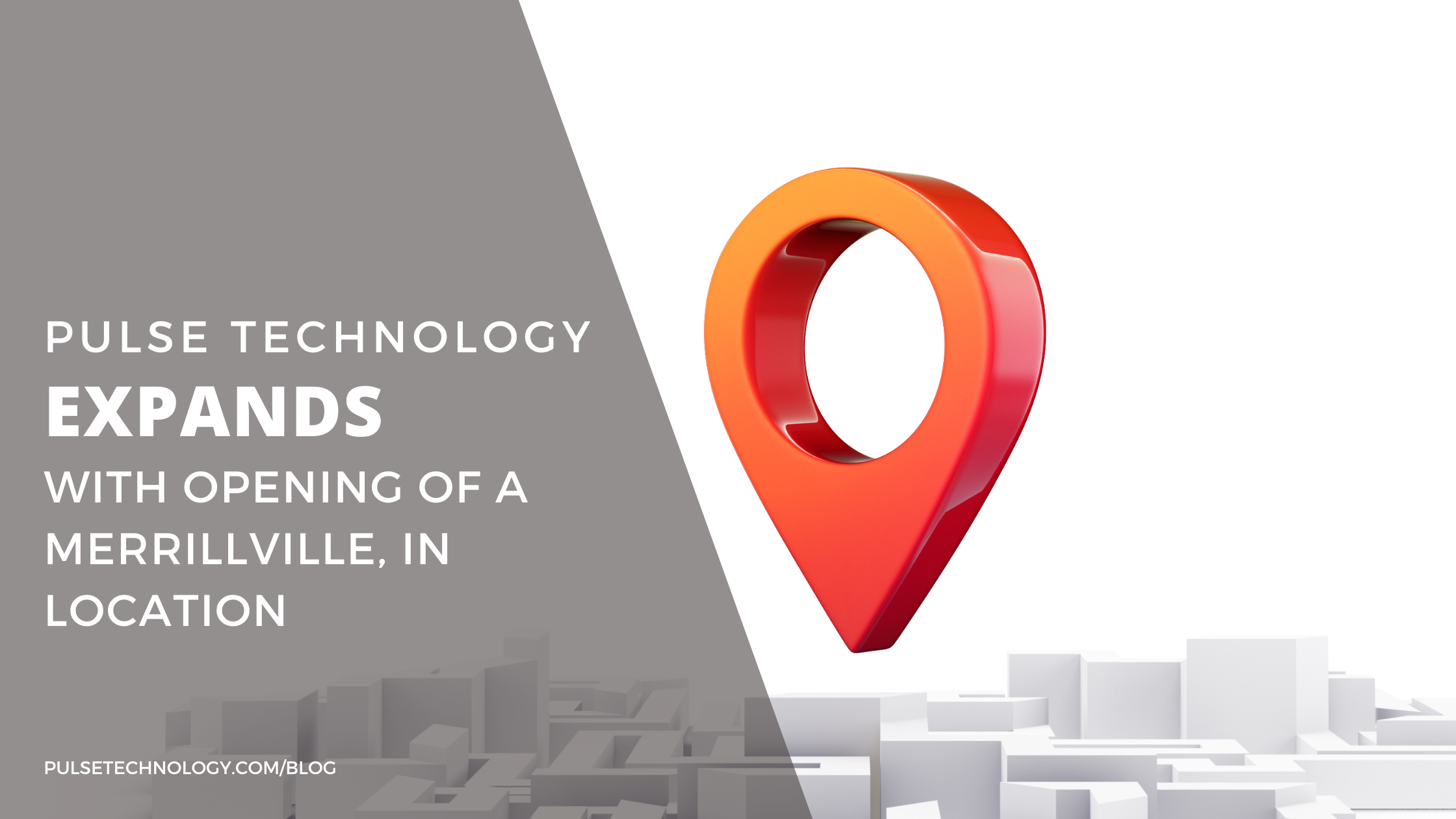Introducing CRaaS and AVaaS!
Most people are familiar with the term SaaS (Software as a Solution). We’re proud to introduce CRaaS, “Conference Room as a Solution” and AVaaS (Audio Visual as a Service) to our offerings.
While we don’t claim to have invented the terms, we are early adopters.
CRaaS is a specific application of the larger AVaaS (Audio Visual as a Solution) service model, which has been gaining traction in our industry. Just as companies have adopted the MPS (Managed Print Services) model for copiers and printers, and the outsourcing of IT needs to a Managed Services Provider (MPS), business owners can see the value of service-based models for additional needs, from software to infrastructure. The same “as-a-service” approach now extends into the world of audio-visual technology and meeting spaces. Two concepts in particular—Conference Room as a Solution (CRaaS) and the larger Audio Visual as a Solution (AVaaS)—are gaining traction among organizations looking for greater flexibility, simplified operations, and more predictable costs.
Here’s an overview.
CRaaS is a subscription-based business model where a business outsources the design, installation, management and (most importantly) the support for its conference room technology to an outside, third-party provider. For the business, think “meeting spaces on demand” without the upfront investment and challenges of handling AV hardware and software internally. Rather than investing in separate components—displays, microphones, cameras, control systems, and collaboration platforms—businesses will have a fully integrated conference room experience, delivered and maintained by a third party.
It may well be the future of AV for many businesses. Just as owners and managers have embraced the concept of outsourced IT, realizing how challenging (and sometimes frustrating) it can be to handle these challenges internally while trying to run a business, they will come to view Audio Visual (AV) through the same lens. Historically, many have approached AV and Conference Room technology from the perspective of “if it breaks, fix it or replace it.” But traveling that particular road can be unpredictable and costly. The AVaaS and CRaaS models take the headaches off the shoulders of the business. Under CRaaS, the provider manages the needs including hardware, software, service, labor and ongoing maintenance similar to what happens under a Managed Services Provider (MSP) plan.
Some key features and benefits of CRaaS include:
- Turnkey setups for a client’s video conferencing needs, wireless presentation, and collaboration tools (e.g., Zoom Rooms, Microsoft Teams Rooms)
- Hardware bundles (displays, cameras, microphones, speakers, control panels)
- Ongoing support and maintenance included in the monthly fee
- Scalability across multiple rooms and locations
- Services can include remote monitoring, usage analytics, and automatic software updates
The value of CRaaS includes a reduction of upfront costs, assurance that the system uses the most up-to-date technology, the streamlining of AV across office locations, and in doing so allows the IT team to focus on more strategic tasks.
For businesses who are frequent users of the conference room for remote and distant communications, this is a model worth a closer look.
The Bigger Picture- AVaaS
Audio Visual as a Solution (AVaaS) is a broader, more inclusive term referring to bundling AV hardware, software, installation and support services into a monthly recurring service. AVaaS can include:
- Displays, sound systems, digital signage, video conferencing tools
- Installation and integration
- Remote monitoring and troubleshooting
- Lifecycle management (repairs, upgrades, replacements)
AVaaS is popular for conference rooms, lobbies and waiting areas, classrooms, control centers for buildings, and retail/hospitality environments. Similarly to CRaaS, the larger AVaaS offers benefits that include predictable monthly costs, no need for a large capital expenditure, access to the latest technology, and a reduction in down time. As we all know, there is no convenient time for equipment or systems to break down, and having the support of a tech team “on demand” will minimize any down time.
In the AVaaS model, an ongoing program covers not only the equipment, but also the services required to design, deploy, maintain, and upgrade the system over time. This is in contrast to the traditional model of purchasing AV hardware outright and relying on in-house staff or separate vendors for integration and maintenance.
Which is the best choice for a business?
Though they overlap in some areas, CRaaS and AVaaS each serve distinct needs. Understanding how each model works, and what advantages they bring, can help decision-makers determine the right approach for their organization’s communication and collaboration needs.
The choice between CRaaS and AVaaS depends largely on the extent of an organization’s needs. If the primary concern is building or standardizing video-enabled meeting rooms, CRaaS may offer the most targeted value. For organizations with more extensive AV needs—such as signage, classroom technology, or integrated building-wide systems—AVaaS provides a more comprehensive solution. And the two programs can work together. Both models offer a way to make technology work in a simple and reliable means for the business.
Curious?
If you’re wondering whether CRaaS or AVaaS might be the right fit for your organization, please contact us for a conversation and additional information. With seven decades’ experience of helping solve the problems of running businesses, talk to us! Why not have a conversation with our Audio Visual department to learn more details? You can learn more about our services by clicking here or visiting our company website https://pulsetechnology.com . Or give us a call at 888-357-4277. We’re here to help!



